You may have flown a flight simulator in a computer game or at a science museum. Landing without crashing is always the hardest part. But that’s nothing compared to the challenge that engineers are facing to develop a flight simulation of the very large vehicles necessary for humans to explore the surface of Mars. The Red Planet poses innumerable challenges to astronauts, not the least of which is getting there. That’s where the Department of Energy Office of Science’s user facility supercomputers come in. Researchers at DOE’s Oak Ridge Leadership Computing Facility (OLCF) are working with NASA engineers and scientists to simulate the process of slowing down a huge spacecraft as it moves towards Mars’ surface.
Tag: MARS
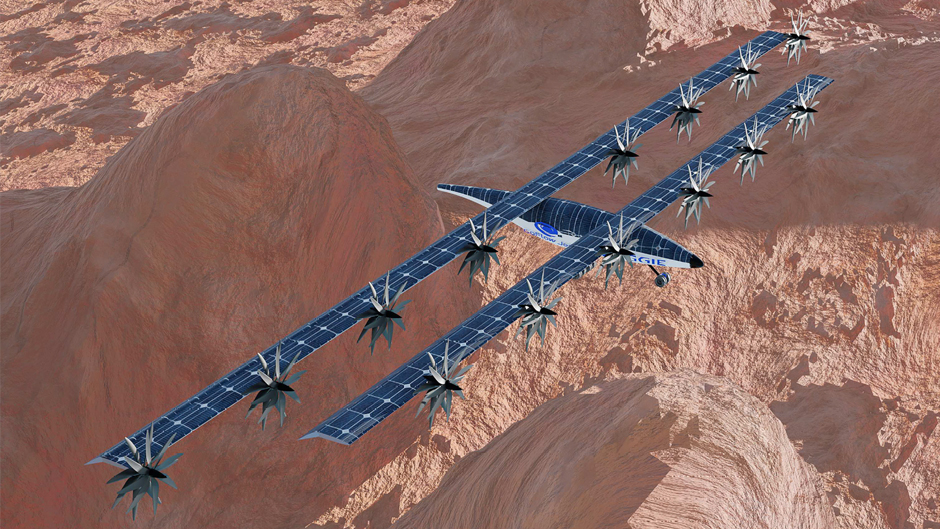
A flight out of this world
A solar-powered aircraft being developed by a University of Miami aerospace engineer could fly on Mars to help answer questions about the red planet.
One small step for STEM, one giant leap for STEM-kind
A manned mission to Mars: it’s the next step in the global space race. But while agencies scurry to take pole position, UniSA experts say the innovations that will help us land the red planet are far more likely to come from next generation of STEM stars in schools.
Three years later, search for life on Mars continues
In the three years since NASA’s Perseverance rover touched down on Mars, the NASA science team has made the daily task of investigating the red planet seem almost mundane.
Mars: new evidence of an environment conducive to the emergence of life
The surface of Mars, unlike the Earth’s, is not constantly renewed by plate tectonics. This has resulted in the preservation of huge areas of terrain remarkable for their abundance in fossil rivers and lakes dating back billions of years.

New research points to possible seasonal climate patterns on early Mars
New observations of mud cracks made by the Curiosity Rover show that high-frequency, wet-dry cycling occurred in early Martian surface environments, indicating that the red planet may have once seen seasonal weather patterns or even flash floods.
New study reveals evidence of diverse organic material on Mars
A new study featuring data from the NASA Mars Perseverance rover has presented compelling evidence for organic material on the Martian surface, shedding light on the potential habitability of the Red Planet.
UAH wins top prize at two NASA Artemis Student Challenges in same year, marking historic first
The University of Alabama in Huntsville (UAH), a part of The University of Alabama System, has claimed the top prize for two NASA Artemis Student Challenges. The 2023 Human Exploration Rover Challenge and the 2023 Student Launch Challenge, led by NASA Marshall Space Flight Center, marks a historic achievement, as no other university has ever won two NASA Marshall-led Artemis Challenges in the same year.
UAH doctoral candidate designs rotating detonation engine aimed to boost lunar and Mars missions
Michaela Hemming, a doctoral candidate in the Department of Mechanical and Aerospace Engineering at The University of Alabama in Huntsville (UAH), is using a NASA Space Technology Graduate Research Opportunities (NSTGRO) fellowship to make advances in propulsion under the guidance of NASA engineers.Hemming has designed a small-scale rotating detonation engine (RDE) manufactured by NASA as part of a joint research effort.
Pioneering research sheds new light on the origins and composition of planet Mars
A new study has uncovered intriguing insights into the liquid core at the centre of Mars, furthering understanding of the planet’s formation and evolution.
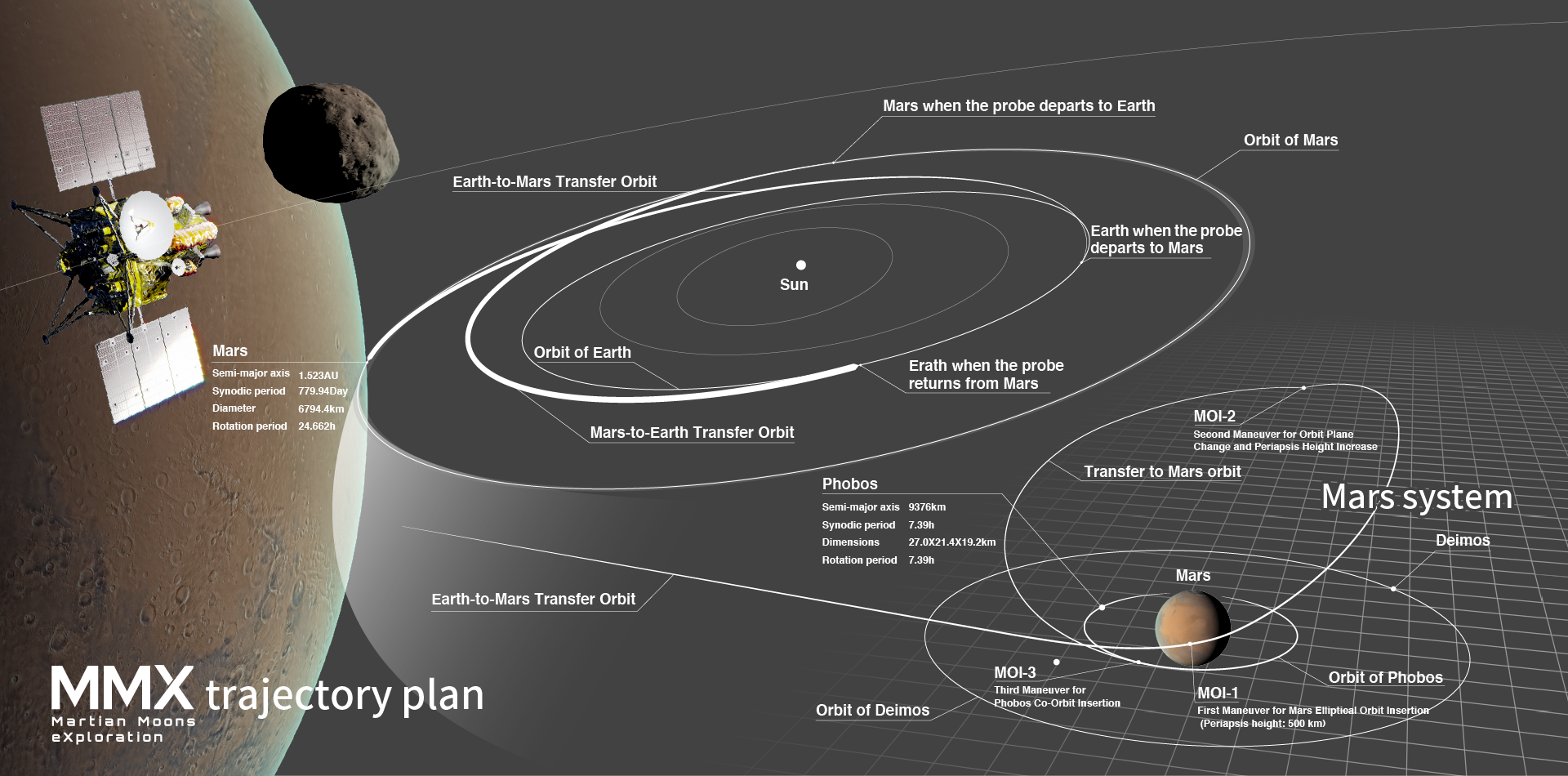
NASA selects NAU researcher for international mission to Martian moons
A planetary scientist at NAU is part of a Japanese Aerospace Exploration Agency (JAXA) mission to travel to Mars and survey the planet’s two moons, including collecting a sample from one and returning it to Earth.
Better tools needed to determine ancient life on Mars
Current state-of-the-art instrumentation being sent to Mars to collect and analyze evidence of life might not be sensitive enough to make accurate assessments, according to a research team co-led by a Cornell University astronomer.
Study quantifies global impact of electricity in dust storms on Mars
Mars is infamous for its intense dust storms, some of which kick up enough dust to be seen by telescopes on Earth. When dust particles rub against each other, they can become electrified. New research shows that this electrical discharge could be the major driving force of Martian chlorine cycle.
Experimentalists: Sorry, no oxygen required to make these minerals on Mars
Scientists at Washington University in St. Louis discovered that under Mars-like conditions, manganese oxides can be readily formed without atmospheric oxygen. The study from the laboratory of Jeffrey Catalano in Arts & Sciences was published Dec. 22 in Nature Geoscience.
Space exploration goes underground
In two connected studies, cave ecologist Jut Wynne, along with dozens of co-authors including engineers, astrophysicists, astrobiologists and astronauts, lay out the research that needs to be done to get us closer to answering the old-age question about life beyond Earth.
Mars’s crust more complex, evolved than previously thought
Early crust on Mars may be more complex than previously thought—and it may even be similar to our own planet’s original crust.
The sands of Mars are green as well as red, rover Perseverance discovers
The accepted view of Mars is red rocks and craters as far as the eye can see.
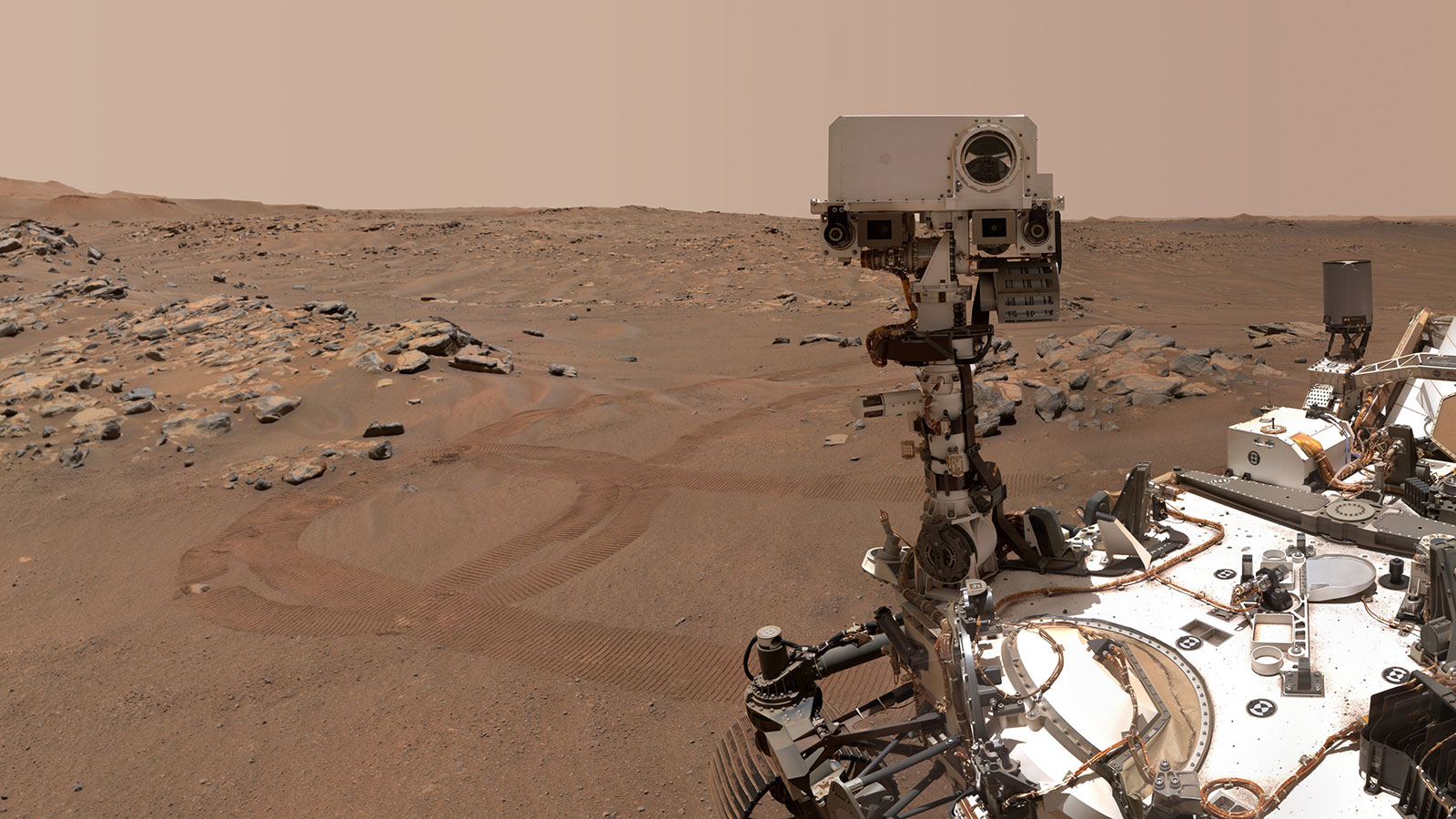
New research sheds light on when Mars may have had water
Scientists on NASA’s Perseverance mission made a surprising discovery about the composition of rock in Jezero Crater, one that will help them get a better idea of when water existed on Mars, and ultimately, help them understand if the red planet was ever habitable to microbial life.
Mars model provides method for landing humans on Red Planet
A mathematical model developed by space medicine experts from The Australian National University (ANU) could be used to predict whether an astronaut can safely travel to Mars and fulfil their mission duties upon stepping foot on the Red Planet.

Three URI professors win $735,000 grant from NASA-EPSCoR to study methane emissions from rocks common to Earth, Mars
KINGSTON, R.I. – Aug. 10, 2022 – Over the next three years, three University of Rhode Island researchers are hoping to broaden the scientific understanding of methane emission dynamics in ultramafic rock systems – work that one day may help answer the mystery of the existence of past or present microbial life on Mars.Dawn Cardace and Soni Pradhanang, associate professors of geosciences, and Serena Moseman-Valtierra, an associate professor of biological sciences, have been awarded a $735,000 grant by the NASA Established Program to Stimulate Competitive Research to study methane gas emissions at a site in northern California that has a rock system comparable to known sites on Mars.
What a martian meteorite can teach us about Earth’s origins
Astronomy postdoc Valerie Payré is on an international team that discovered the origin of the martian meteorite known as Black Beauty, one of the most-studied meteorites in the world. It may hold clues to the development of Earth and other terrestrial planets and help explain why Earth sustains life when its closest neighbor does not.
Martian Meteorite Upsets Planet Formation Theory
A new study of an old meteorite contradicts current thinking about how rocky planets like the Earth and Mars acquire volatile elements such as hydrogen, carbon, oxygen, nitrogen and noble gases as they form. The work is published June 16 in Science.
On Mars, NASA’s Perseverance Rover’s Playlist Like No Other #ASA182
After more than a year of recording on the surface, the team reduced the data to a Martian playlist that features about five hours of sounds.
Curiosity reports back on ‘most chemically diverse part’ of Gale Crater on Mars
The first analysis of the Glen Torridon region in the Gale crater on Mars shows that bedrock in the area was changed by groundwater in the planet’s early history, which has important implications for understanding past habitability and the possibility of finding past life on Mars.
Making Martian Rocket BioFuel on Mars
Researchers at the Georgia Institute of Technology have developed a concept that would make Martian rocket fuel, on Mars, that could be used to launch future astronauts back to Earth.
Mars habitability limited by its small size, isotope study suggests
Researchers measured the potassium isotope compositions of Martian meteorites in order to estimate the presence, distribution and abundance of volatile elements and compounds, including water, on Mars, finding that Mars has lost more potassium than Earth but retained more potassium than the Moon or the asteroid 4-Vesta; the results suggest that rocky planets with larger mass retain more volatile elements during planetary formation and that Mars and Mars-sized exoplanets fall below a size threshold necessary to retain enough water to enable habitability and plate tectonics.
Affordable housing in outer space: Scientists develop cosmic concrete from space dust and astronaut blood
Transporting a single brick to Mars can cost more than a million British pounds – making the future construction of a Martian colony seem prohibitively expensive.
What has been discovered about the Mars surface? How does that relate to human missions?
Soil on Mars is different than soil on Earth, and exploration is helping us learn more

Icy clouds could have kept early Mars warm enough for rivers and lakes, study finds
A new study led by University of Chicago planetary scientist Edwin Kite finds Mars could have had a thin layer of icy, high-altitude clouds that caused a greenhouse effect, allowing rivers and lakes to flow.
New research shows that Mars did not dry up all at once
While attention has been focused on the Perseverance rover that landed on Mars last month, its predecessor Curiosity continues to explore the base of Mount Sharp on the red planet and is still making discoveries.
What happened to mars’s water? It is still trapped there
Billions of years ago, the Red Planet was far more blue; according to evidence still found on the surface, abundant water flowed across Mars and forming pools, lakes, and deep oceans. The question, then, is where did all that water go?
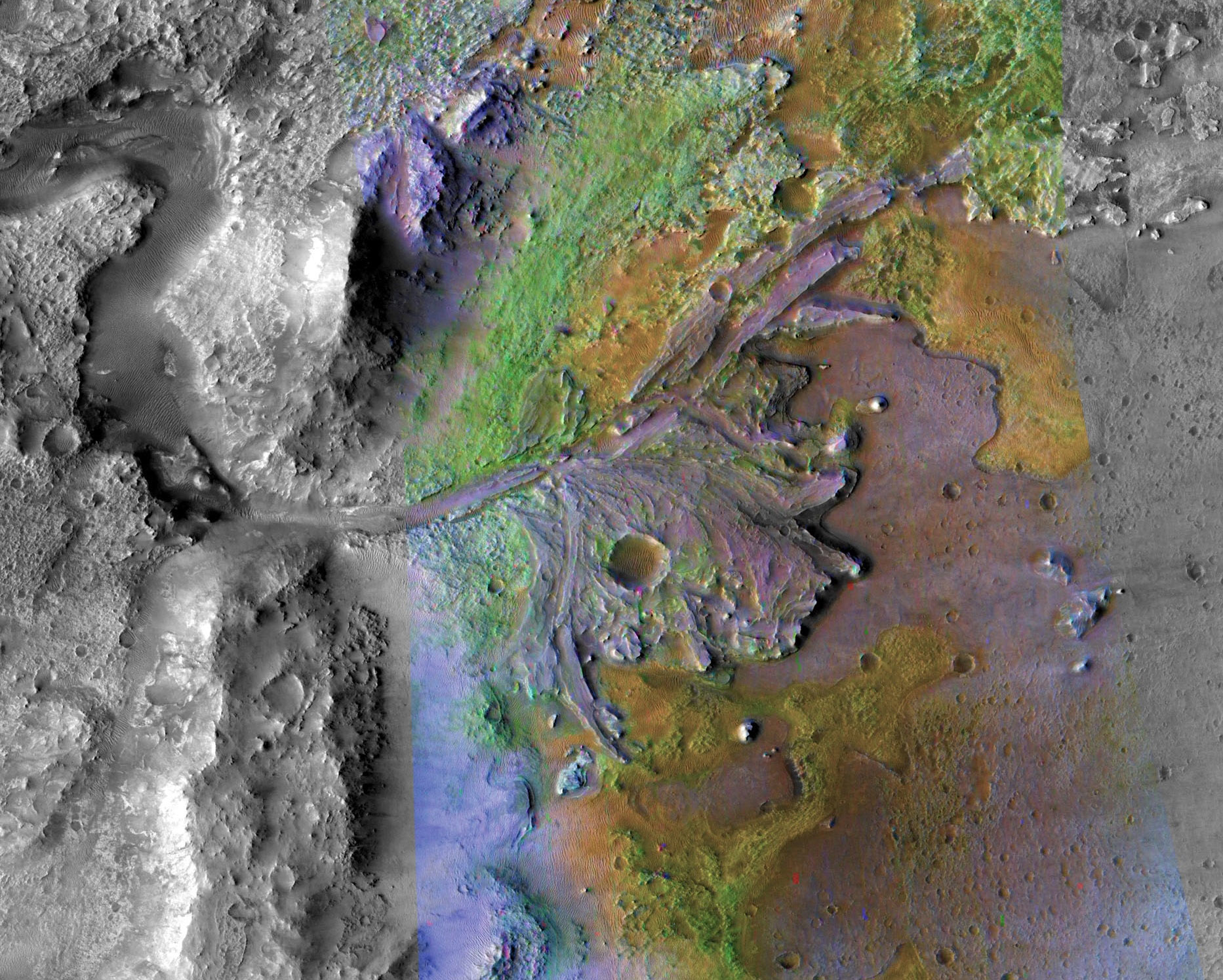
Mars’ Early Climate Was Intermittently Warm
A new study that characterizes the climate of Mars over the planet’s lifetime reveals that in its earliest history it was periodically warmed, yet remained relatively cold in the intervening periods, thus providing opportunities and challenges for any microbial life form that may have been emerging.

What will ancient sedimentary rock tell us about the history of life on Mars?
The new era of space exploration features two Stony Brook University faculty members as part of the development of NASA’s Mars2020 Perseverance rover that recently landed. Distinguished Professor Scott McLennan and Associate Professor Joel Hurowitz both worked on the PIXL (Planetary Instrument for X-ray Lithochemistry) that is attached to the arm of the rover. The PIXL is a micro-focus X-ray fluorescence instrument that rapidly measures elemental chemistry by focusing an X-ray beam to a tiny spot on the target rock or soil, analyzing the induced X-ray fluorescence. Both professors have been working on Mars missions with NASA since 2004.
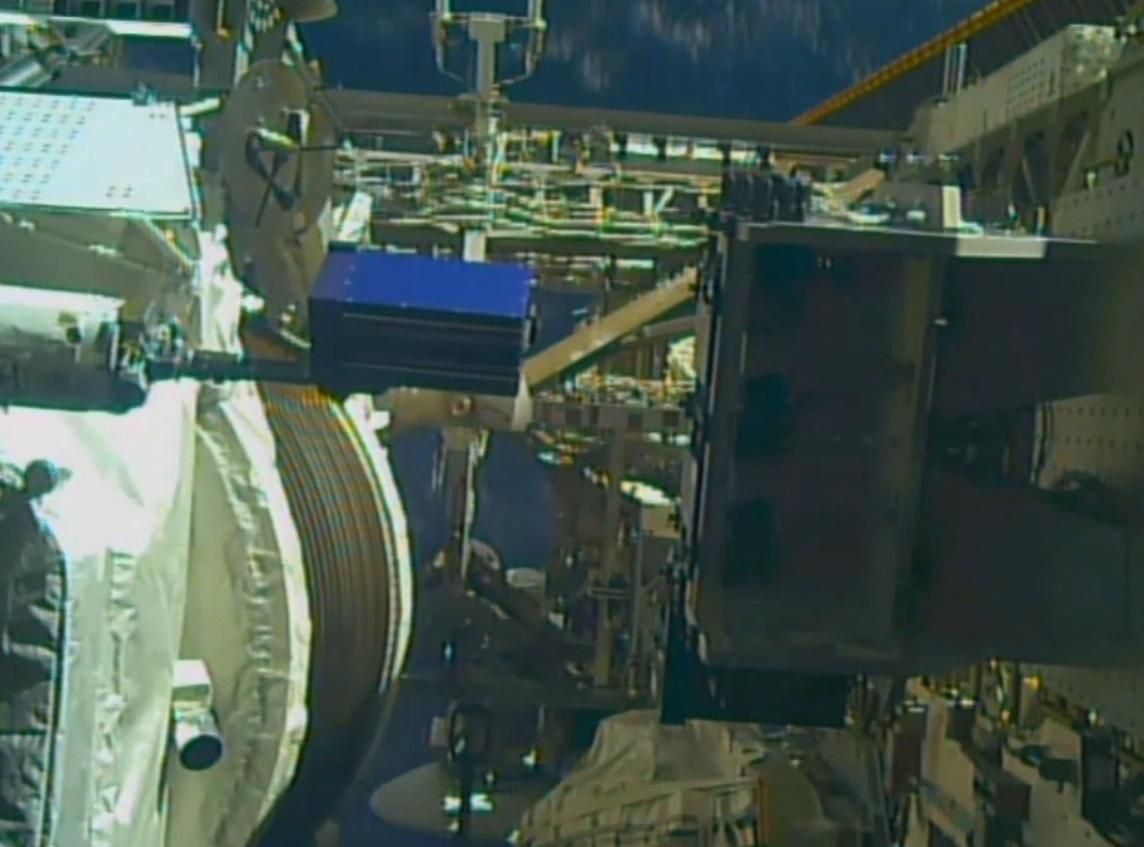
Pills face harshest space test yet
A batch of pills will be on its way into space where they will be placed on the outside of the International Space Station (ISS) to test how they withstand the full effects of zero gravity, extreme temperatures and some of the highest levels of radiation found beyond the Earth’s atmosphere.
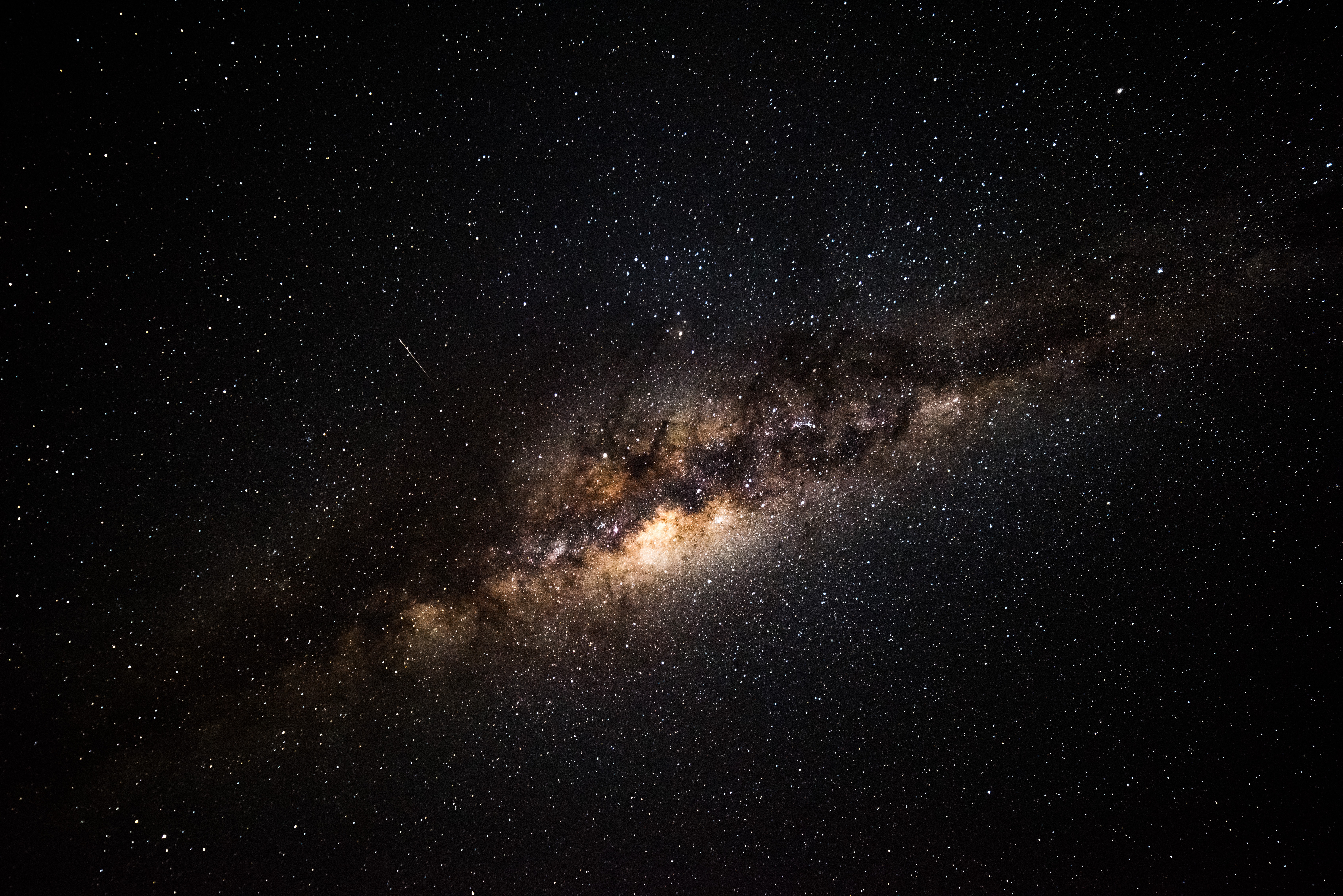
Experts Advisory: Perseverance on Target for Mars Landing
ALBANY, N.Y. (Feb. 17, 2021) – After having traveled nearly 292.5 million miles, NASA’s Perseverance spacecraft is just about set to touch down on Mars. The landing, scheduled for about 3 p.m. on Thursday, is the culmination of a seven-month…
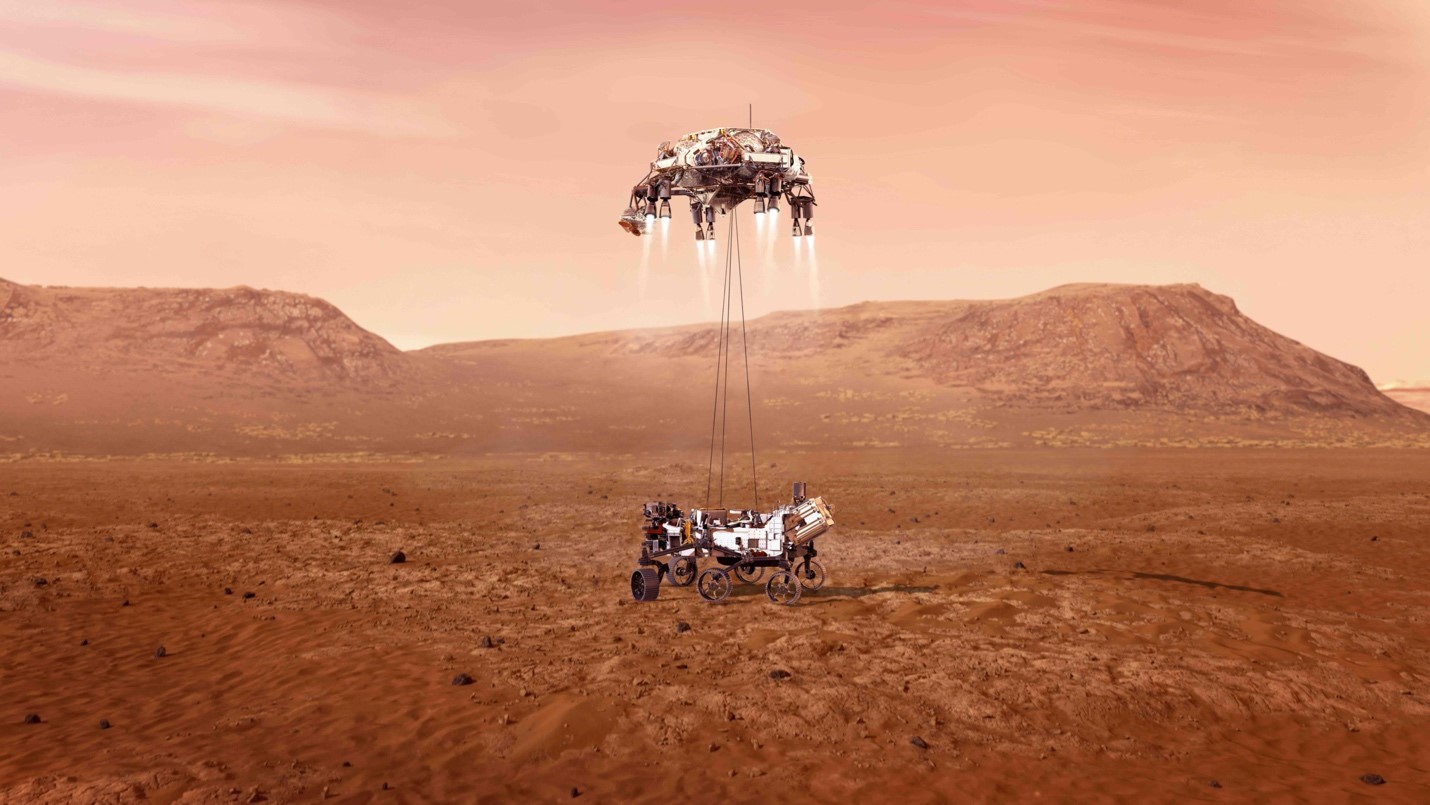
Perseverance rover takes New Mexico to Mars
When NASA’s Mars Perseverance rover touches down on the surface of Mars on Feb. 18, a bit of New Mexico will land along with it, thanks to work done at Los Alamos National Laboratory.
Rutgers Planetary Scientist, Bioscientist Available for Comment on Perseverance Rover Landing
FOR IMMEDIATE RELEASE Media contact: Neal Buccino, [email protected], 732-668-8439 Scheduled for a Feb. 18 Mars landing, the rover will look for signs of past life New Brunswick, N.J. (Feb. 11, 2021) – Rutgers University-New Brunswick planetary and life scientists are…
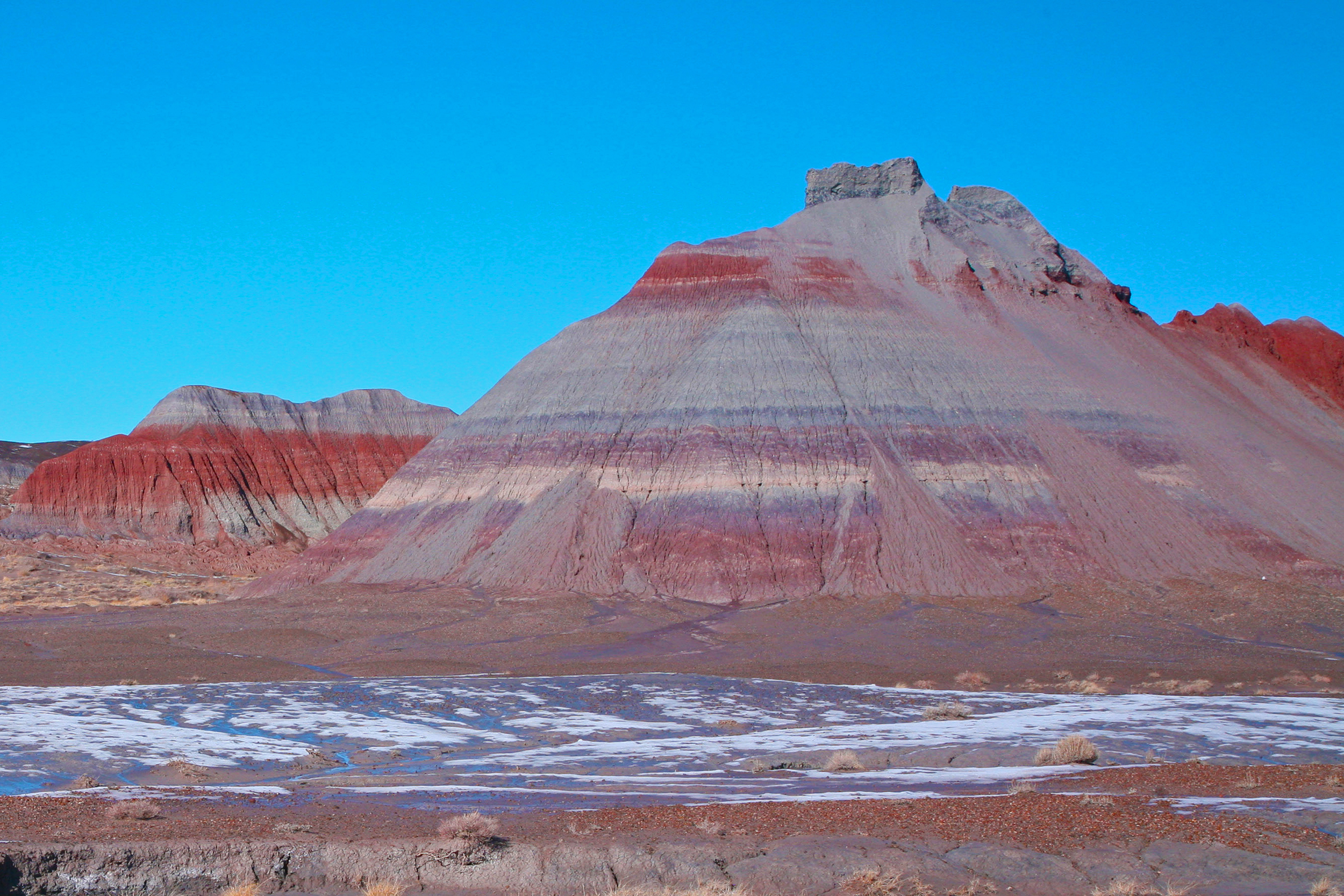
How Rocks Rusted on Earth and Turned Red
How did rocks rust on Earth and turn red? A Rutgers-led study has shed new light on the important phenomenon and will help address questions about the Late Triassic climate more than 200 million years ago, when greenhouse gas levels were high enough to be a model for what our planet may be like in the future.
Powerful electrical events quickly alter surface chemistry on Mars and other planetary bodies
Thinking like Earthlings may have caused scientists to overlook the electrochemical effects of Martian dust storms. On Earth, dust particles are viewed mainly in terms of their physical effects, like erosion. But, in exotic locales from Mars to Venus to Jupiter’s icy moon Europa, electrical effects can affect the chemical composition of a planetary body’s surface and atmosphere in a relatively short time, according to research from Washington University in St. Louis.
The New York Academy of Sciences to host programs on the science and law of Lunar Exploration (Wednesday, December 9) and Bioengineering for Space Travel (Thursday, December 10)
The New York Academy of Sciences is hosting two programs on Space Exploration this week, with topics including legal agreements for “off planet” governance, bioengineering to make space travel safer for astronauts, and questions of bio-ethics related to interplanetary travel.
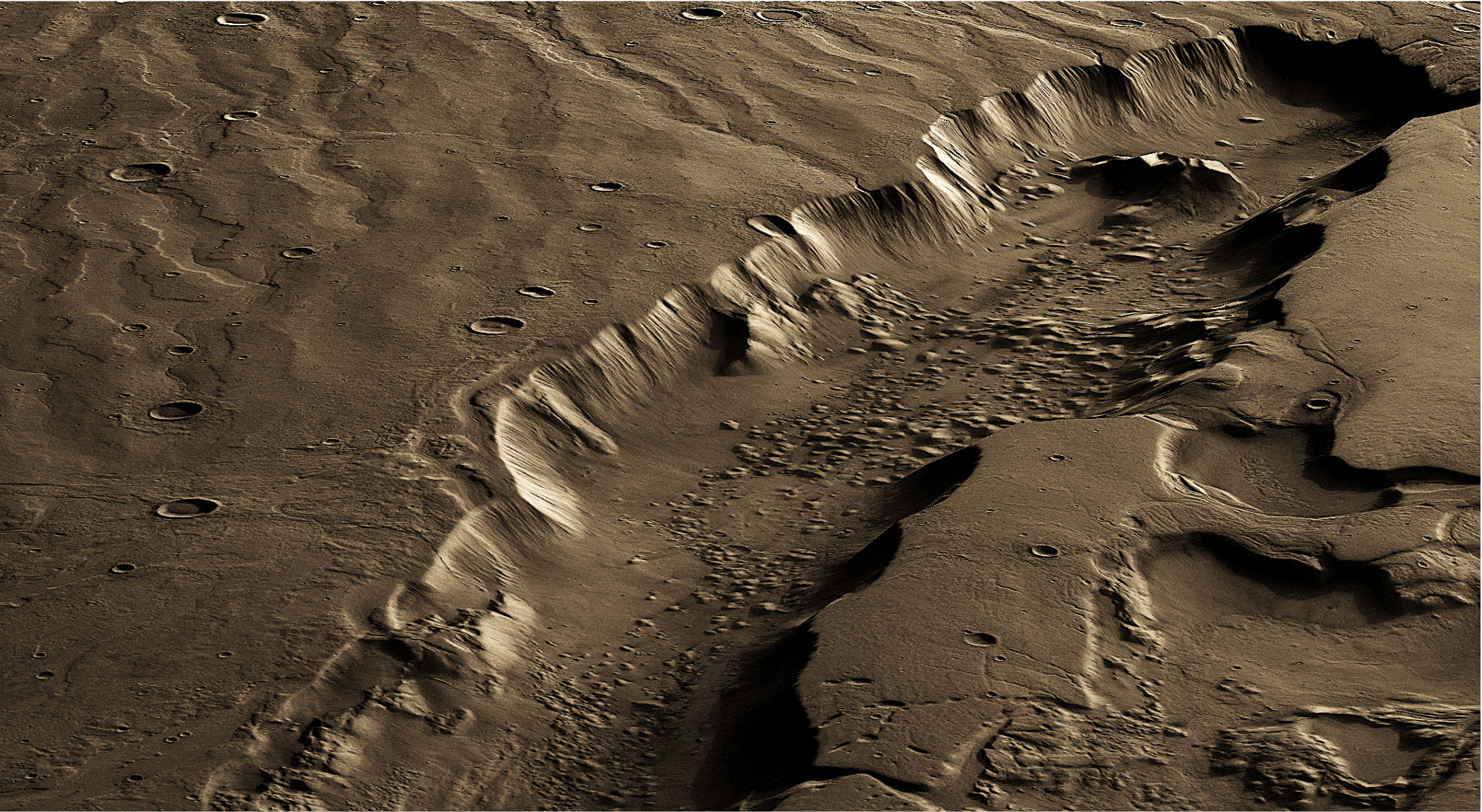
Best Region For Life on Mars Was Far Below Surface
The most habitable region for life on Mars would have been up to several miles below its surface, likely due to subsurface melting of thick ice sheets fueled by geothermal heat, a Rutgers-led study concludes. The study, published in the journal Science Advances, may help resolve what’s known as the faint young sun paradox – a lingering key question in Mars science.
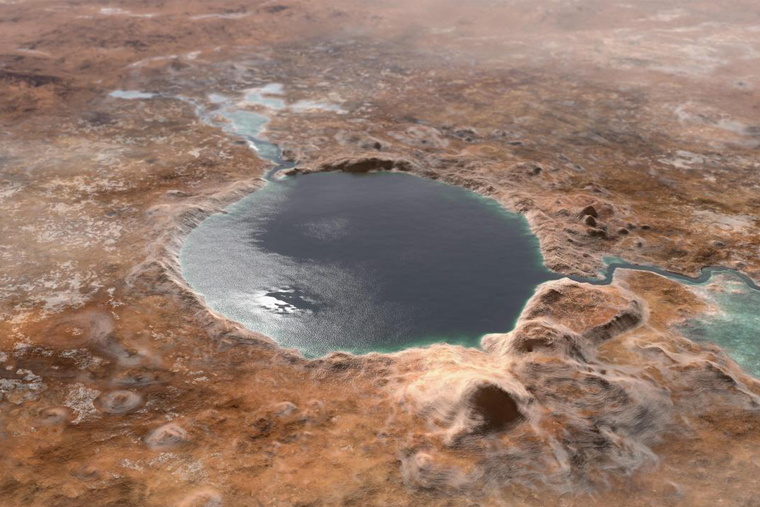
New tech can get oxygen, fuel from Mars’ salty water
A new electrolysis system that makes use of briny water could provide astronauts on Mars with life-supporting oxygen and fuel for the ride home, according to engineers at the McKelvey School of Engineering at Washington University in St. Louis, who developed the system.
Field geology at Mars’ equator points to ancient megaflood
Floods of unimaginable magnitude once washed through Gale Crater on Mars’ equator around 4 billion years ago – a finding that hints at the possibility that life may have existed there, according to data collected by NASA’s Curiosity rover and analyzed in joint project by scientists from Jackson State University, Cornell University, the Jet Propulsion Laboratory and the University of Hawaii.
Clay subsoil at Earth’s driest place may signal life on Mars
Diverse microbes discovered in the clay-rich, shallow soil layers in Chile’s dry Atacama Desert suggest that similar deposits below the Martian surface may contain microorganisms, which could be easily found by future rover missions or landing craft.
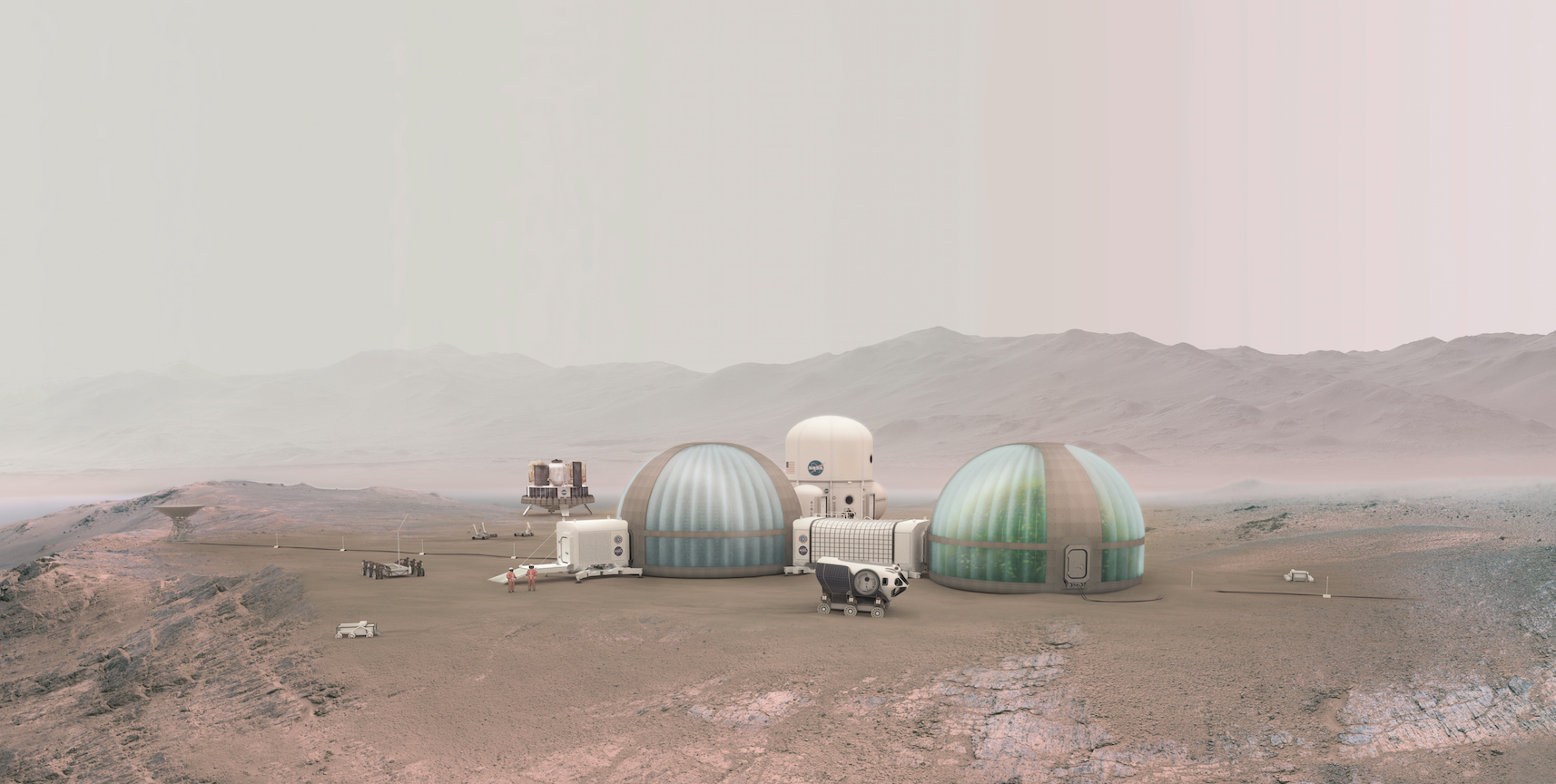
Geologists simulate soil conditions to help grow plants on Mars
Humankind’s next giant step may be onto Mars. But before those missions can begin, scientists need to make scores of breakthrough advances, including learning how to grow crops on the red planet.
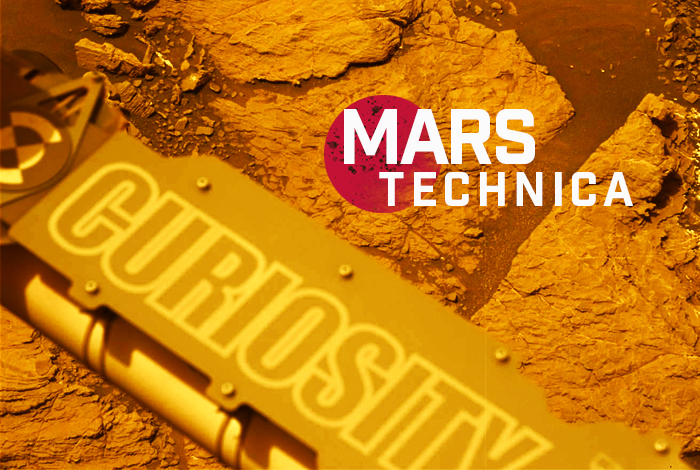
What it takes to shoot a laser on Mars
For the better part of a decade, an extraordinary tool aboard NASA’s Curiosity rover has been investigating the chemical building blocks of life and making exciting discoveries about Mars’ habitability.
Study shows difficulty in finding evidence of life on Mars
While scientists are eager to study the red planet’s soils for signs of life, researchers must ponder a considerable new challenge: Acidic fluids – which once flowed on the Martian surface – may have destroyed biological evidence hidden within Mars’ iron-rich clays, according to researchers at Cornell University and at Spain’s Centro de Astrobiología.
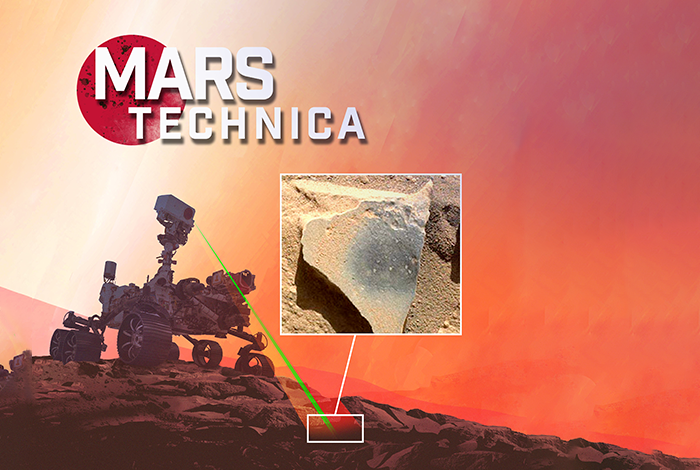
What could desert rocks tell us about life on Mars?
LOS ALAMOS, N.M., September 3, 2020—The dark, hard coating found on rocks and cliff faces in the desert Southwest could tell us something about life on Mars, explains a new episode of the Mars Technica podcast. This desert varnish, which…
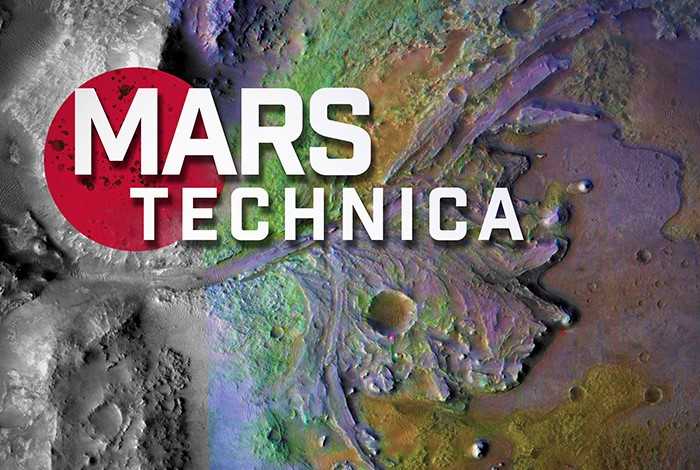
Life after landing on Mars
When NASA’s Perseverance rover lands on Mars in February after its seven-month-long journey, the mission will only just be beginning.
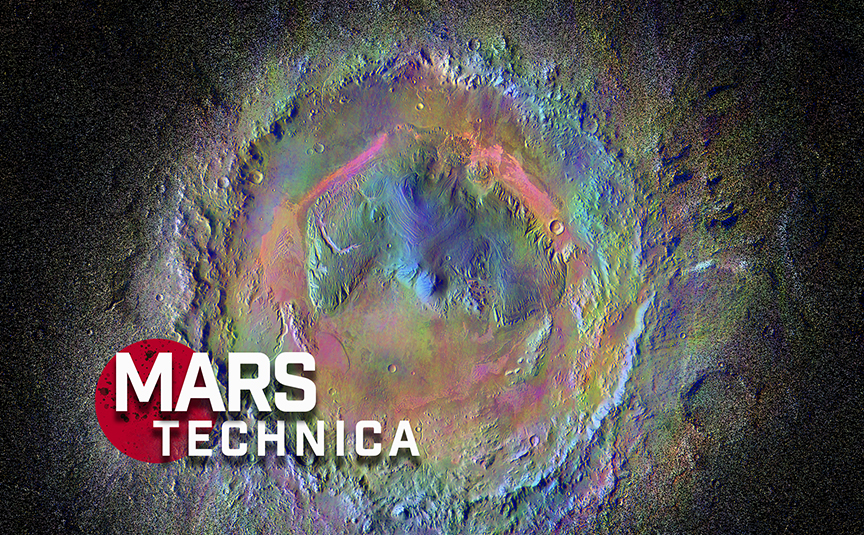
Searching Mars for signatures of life
Today, Mars is an arid, dusty, and frigid landscape with an average temperature of minus 80 degrees Fahrenheit—inhospitable to life as we know it. But it wasn’t always that way.